update time:2023-02-09 10:18:03
Views:1352次
It has been found from the experimental studies that 1% air in concrete reduces the strength by appr...
It has been found from the experimental studies that 1% air in concrete reduces the strength by approximately 6%. There are two methods of compaction: Hand compaction. Mechanical compaction i.e vibration method.
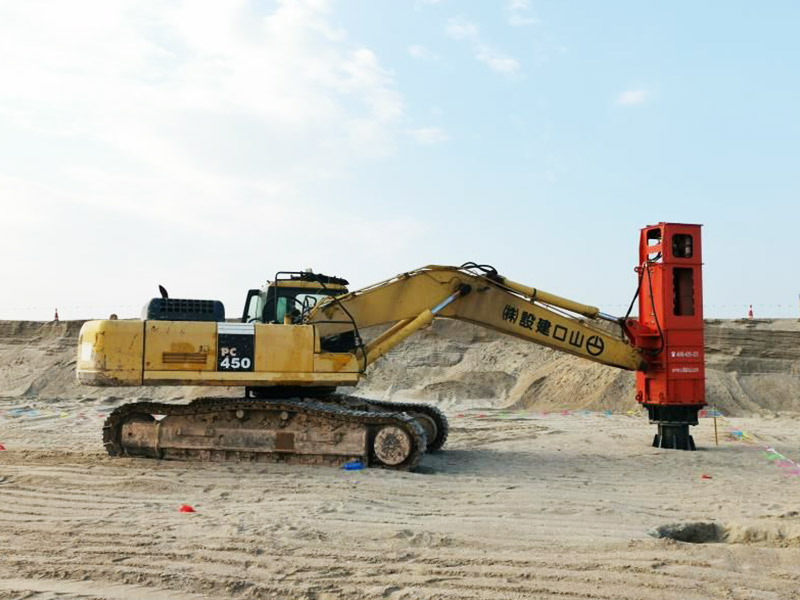
The RIC attachment currently being manufactured by Hangshen is mountable on a regular hydraulic crawler excavator in the 30t to 65t operating weight category. During controlled impact the RIC’s 1.5m diameter foot stays in contact with the ground, ensuring efficient impact energy transfer to the ground at all times. Energy is imparted by dropping the weight through a relatively small height of up to 1.2m at a rate of between 30 to 80 blows per minute.
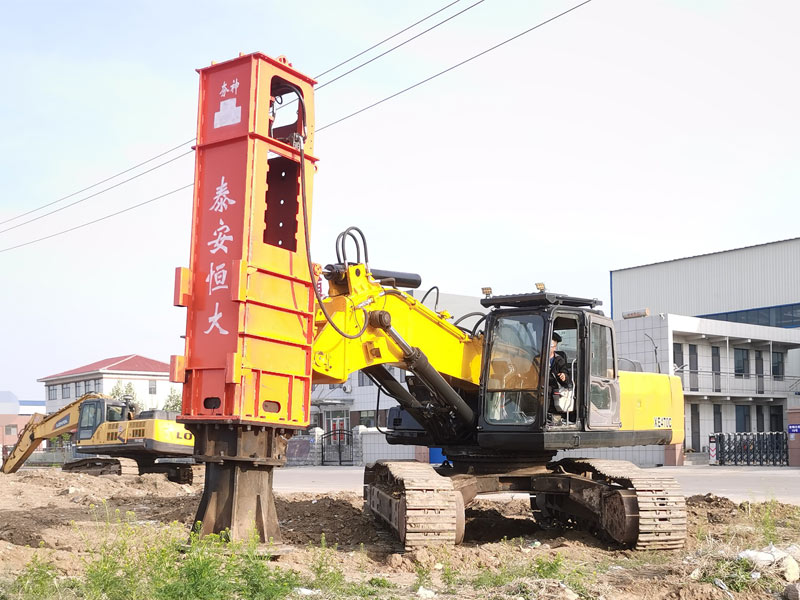
Most granular fills and some silts are compactable, The best results being achieved where the fill is well-graded particle size. An area of 800m² -16000m² can be covered in an average day (depending on the ‘blow-perposition’ setting.) This also allows time for routine maintenance and rotation of the special dolley pads located in the foot assembly which transfers the force of the blow through to the ground.
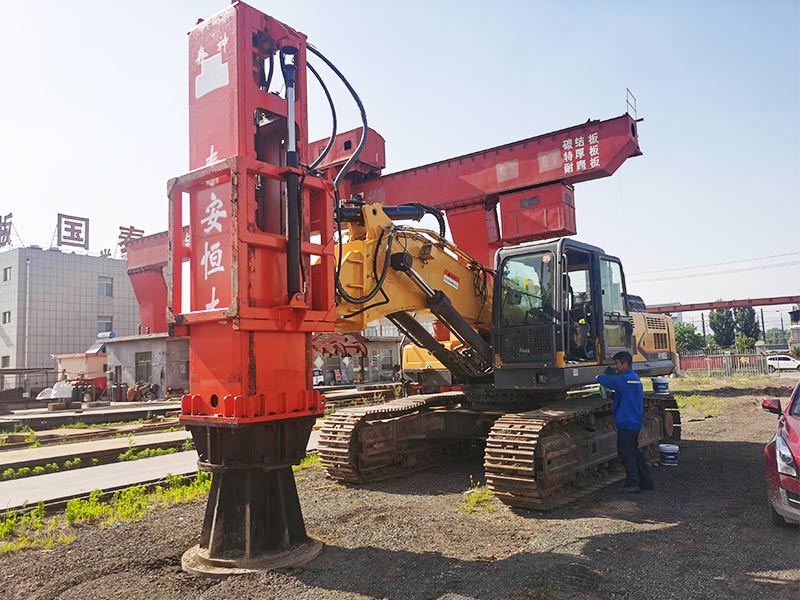
RIC increases the stiffness and shear strength of soils through the use of impact compaction effort. Specific benefits include:
Increases Standard Penetration Resistance – the standard penetration resistance (N-Values) of loose granular soil can increase significantly. In developing an RIC specification for a project the minimum target blow count for the performance required should be specified.
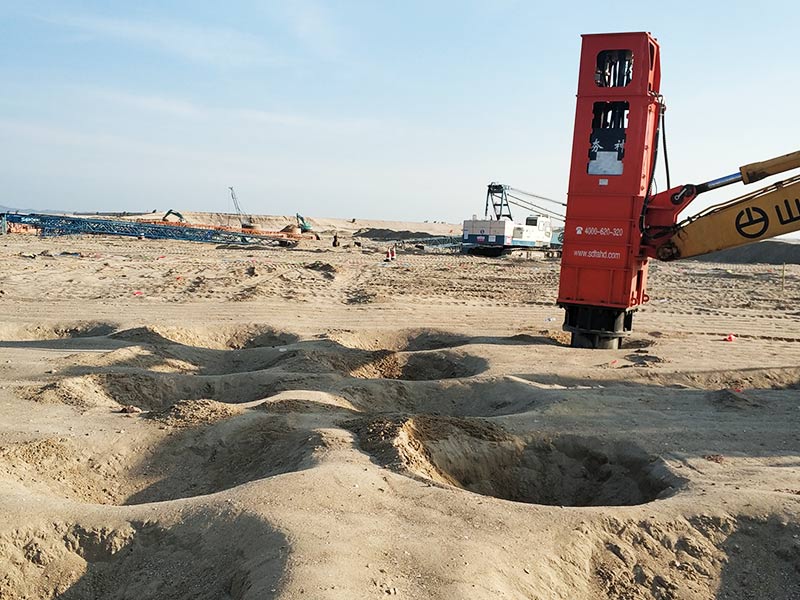
One advantage of RIC is that the drop height and number of blows can be varied based on the soil conditions. Through a test program, we will work with the Geotechnical Engineer of Record (GER) to determine the appropriate improvement criteria and RIC set-up for various areas of the site. For a site with a mixed soil profile and varying thicknesses of sand and clay, the ability to accurately control the amount of energy delivered to the ground is critical as it allows one to improve the loose overlying loose soil without liquefying the fine grained soils below – providing more uniform compaction.
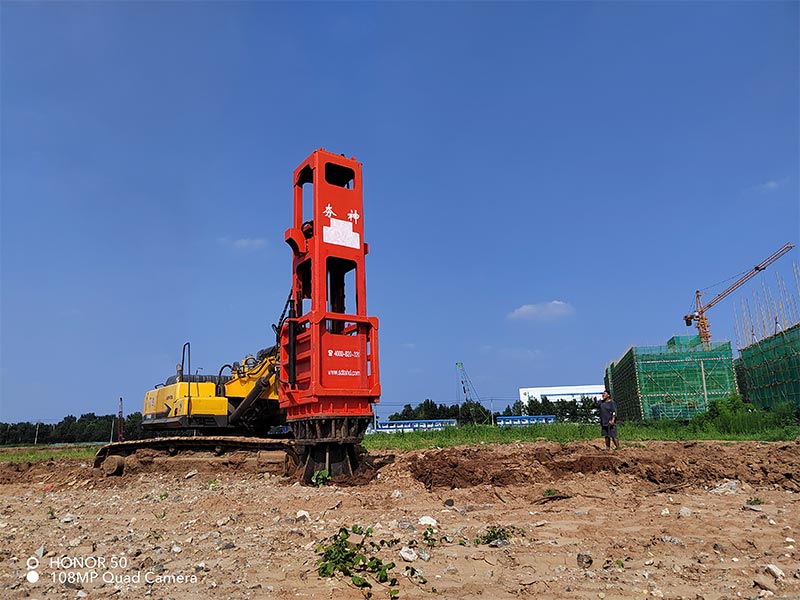
Use of RIC will result in an increase in soil density, stiffness, and angle of internal friction as measured by an increase in SPT N-value, CPT tip resistance or other means of insitu test. The recommended approach is to determine what level of improvement is desired and discuss that required improvement with your technical representative for feasibility. For example, a 2-story commercial light industrial structure is to be constructed on a site underlain by up to 10 ft of existing sandy fill soils. SPT N-values range between 4 and 8 blows per foot (bpf) in the fill. The geotechnical engineer’s correlation between SPT N-Value and soil stiffness for footing settlement analyses indicates that an average N-value in the fill needs be 10 bpf. The geotechnical engineer would perform settlement analyses using the foundation sizes and loading provided by the structural engineer to confirm that the footings will perform acceptably if the fills are improved to 10 bpf. A review of the borings logs indicates that this level of improvement is achievable with RIC. The geotechnical engineer would then complete his or her report with a recommendation that RIC be used to compact the fills in place and that an N-value of 10 bpf will be required.
What happens if soil is not compacted?
Rapid Impact Compaction consists of an excavator-mounted, hy...
What is the acceptable percentage of compaction? - HENGDA RIC
In general, a compaction between 80 and 85 percent of the st...